From the mountain pine beetle to emerald ash borer, Colorado forest pests spread in 2023
The Colorado State Forest Service and its federal counterpart flew over 36.6 million acres of the state’s forests in 2023 to assess its health. Despite last year being wetter and cooler, forest pests continued to spread, according to a new report released last week.
“One milder year is not enough to reverse trends from the compounding effects of decades of insect outbreaks and a warmer, drier climate in Colorado,” Matt McCombs, the state forester and director at the state forest service, said in a news release.
The report divides forest health in the state into four regions and highlights the efforts made by the agency. Here are key takeaways:
Forest health declined in northeast Colorado
In the northeast, the long-term effects of drought continued to stress all tree species, “leading to a decline in forest health in some areas and increased tree mortality in others.”
Here are the updates on four insect pests in the region:
Mountain pine beetle
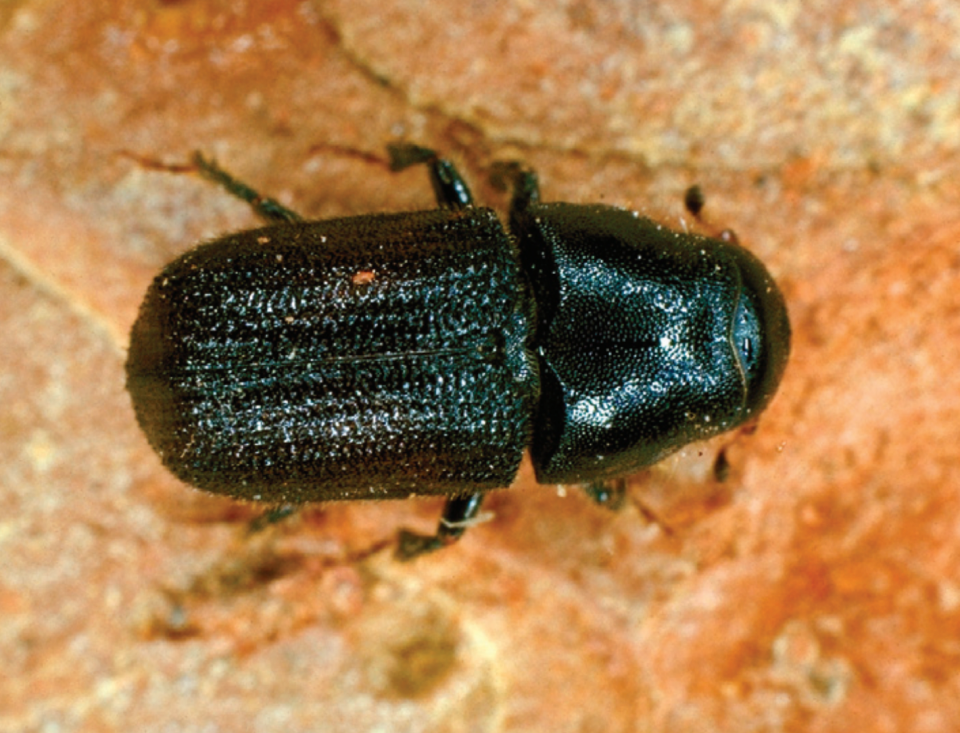
Most impacted counties: Clear Creek, Elbert, Gilpin, Jefferson.
Trees affected: Various pines including ornamentals, but mainly ponderosa in the region.
Origin: Native.
Severity: From 2022 to 2023, the beetle increased impacted acres by six times in Clear Creek and Jefferson counties and by two times in Gilpin County.
Emerald ash borer
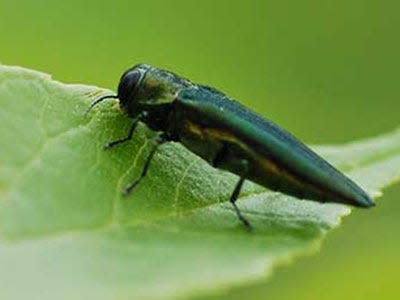
Most impacted counties: Adams, Arapahoe, Boulder, Broomfield, Larimer.
Trees affected: Ash trees.
Origin: Non-native (Asia).
Severity: Since ash trees make up 15% of urban trees in the state, it’s considered a “major concern for urban forests.” The agency offers resources and guides to help identify the insect and says residents should notify suspected detections to the Colorado State Forest Service or Colorado State University.
Douglas-fir tussock moth
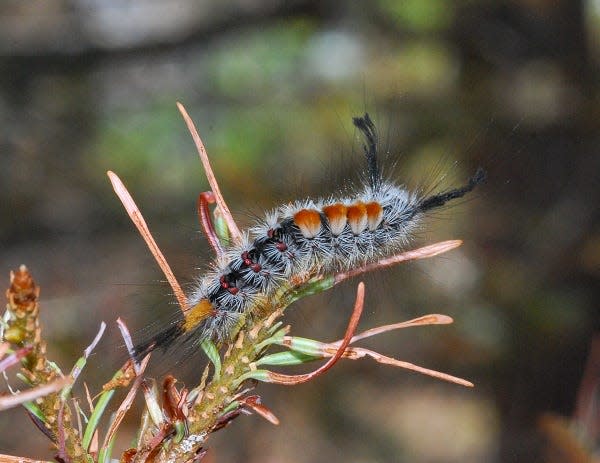
Most impacted counties: Boulder, Douglas, Jefferson.
Trees affected: Douglas fir, Engelmann spruce, occasionally blue spruce in urban areas.
Origin: Native.
Severity: Recent uptick but not by alarming levels.
Western spruce budworm
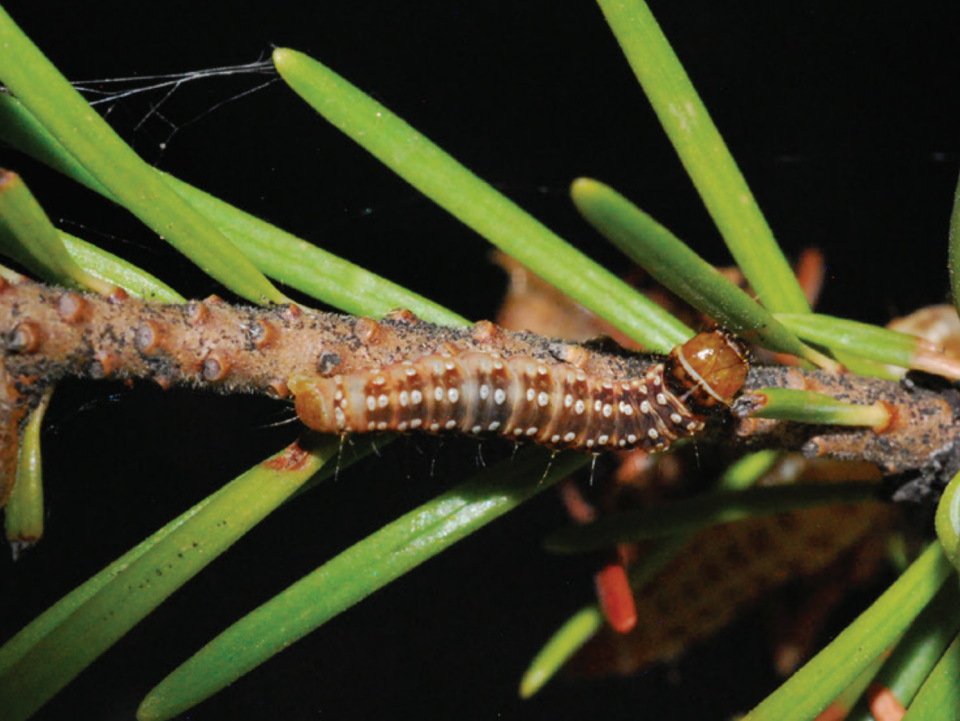
Most impacted counties: Jefferson, Larimer, Park.
Trees affected: Douglas fir, true fir and spruce trees.
Origin: Native.
Severity: Statewide, it is the most widespread forest pest. After the budworm eats the needles of trees, it can make them susceptible to attack from Douglas-fir beetles, which can kill the trees. Despite the recent budworm activity, the beetle “has not been a significant issue so far.”
For the second year in a row, the western balsam bark beetle was the deadliest forest pest across Colorado, despite less acres impacted by the beetle in 2023.
To explore more about where species were detected across the state, check out the report’s story map.
Today's forests are 'very different' than those seen by previous generations
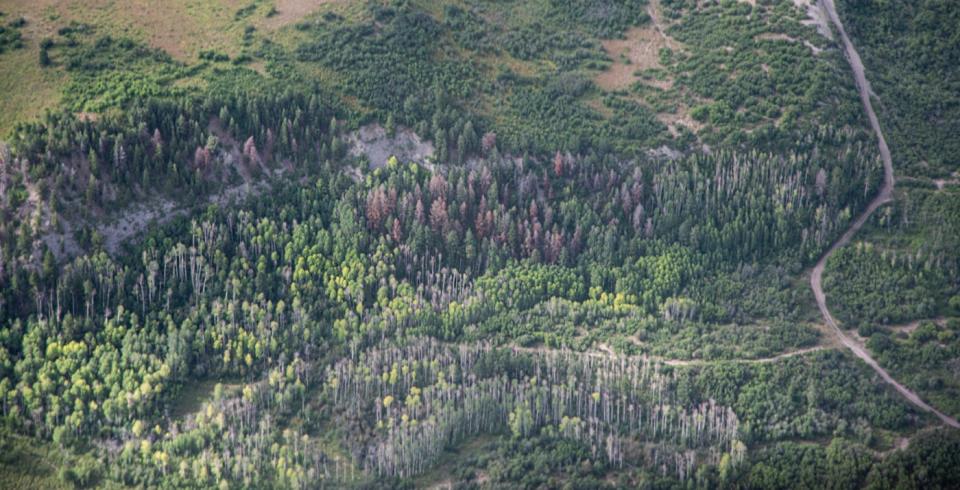
Going for a drive along the forests, what we see “today is very different than what our grandparents’ or parents' generation might have seen. One thing that really stands out is fire exclusion has changed the landscape,” Colorado State Forest Service Entomologist Dan West said.
In 1935, the U.S. Forest Service implemented the “10 a.m. rule.” The policy mandated that fires had to be put out by 10 a.m. the day after they were discovered. Without this natural disturbance, forests grow more dense and less diverse.
Now, bark beetles and caterpillars “have a buffet right where they can move from tree to tree,” West said. Even native species, which “are just doing what they normally should do, which they're the sanitizers of our forest,” can become a threat as they can build populations quickly.
Open wounds: Colorado wildfire experts worried by lack of new vegetation in burn areas
When this is combined with reduced precipitation and higher temperatures, where trees are stressed and their defenses are weak, it creates a “perfect ecological window” for insects to come in.
“What we're seeing now in our generation is that due to climate change and the anthropogenic hydrocarbons, we're now starting to see these windows are much, much bigger and more frequent,” West said.
The consequences of this can be felt beyond the forest as trees can help filter air and capture snowpack.
“Every day when you take a shower in the morning or get a drink of water, you're 100% affected by our forests and by our bark beetles and ecosystem disturbances,” West said.
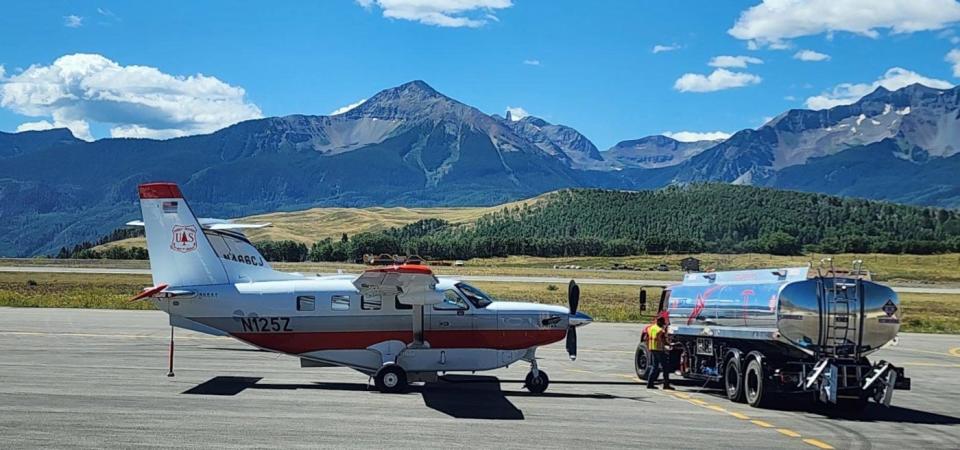
Ongoing efforts to protect forests
In 2000, the federal and state forest service started a program, Good Neighbor Authority, to increase forest management across boundaries. That program is now used in 38 states.
“It provides efficiencies and benefits including pooling federal, state, tribal and county resources, strengthening partnerships, fostering collaboration and conducting larger scale, cross-boundary projects,” according to the report.
The Good Neighbor Authority authorizes projects to “reduce wildfire risk, protect watersheds and water supplies.”
In Colorado, that primarily means fuel mitigation and timber sales but can include other projects like the aerial spread of insecticides to stop the spread of Douglas-fir tussock moth in 2015.
According to the report, timber sales in the West can help fund Good Neighbor Authority programs sustainably because states get to keep that revenue. Idaho, Oregon and Washington can generate around $10 million each.
But Colorado, with a harsher climate and insect and disease outbreaks, generated $1.1 million, which was reinvested in Good Neighbor Authority. This means the program here still relies on federal and state funds to maintain efforts.
Looking ahead, West said it will also take public awareness and support to tackle this problem.
“It's going to take an effort on all of our parts to be like, ‘these ecosystems are important,’ ” West said. “... That really means that we've got to take a good hard look at finances and figure out it takes money to be able to go in and remove some of these trees and remove some of the fuels so that we can get to a point where we have resiliency in our forest.”
Ignacio Calderon covers climate and Larimer County government for the Coloradoan. Contact him at ignacio@coloradoan.com.
This article originally appeared on Fort Collins Coloradoan: Mountain pine beetle, emerald ash borer and more spread in Colorado

